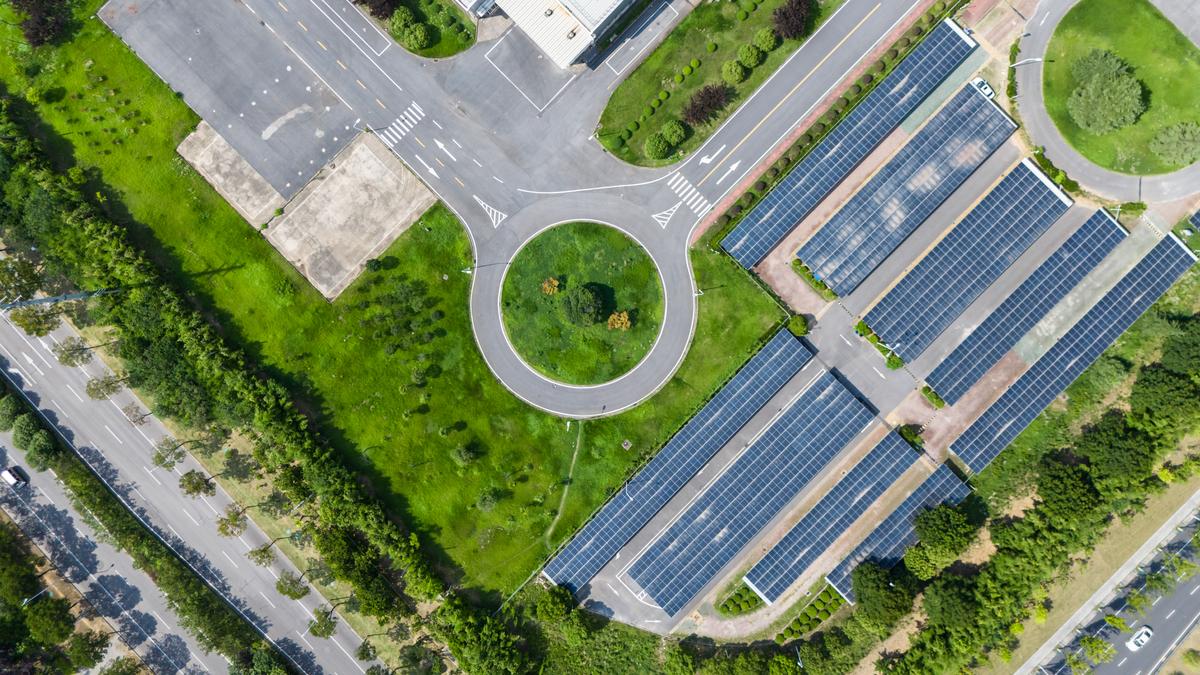Home / Environment / Green Cover Eased: Convenience Over Sustainability?
Green Cover Eased: Convenience Over Sustainability?
22 Nov
Summary
- Industrial green norms are being eased globally for business convenience.
- On-site green belts offer local benefits, not full ecological restoration.
- Policy transfers must consider ecological context, not just numbers.

Globally, industrial norms are being relaxed, including requirements for green cover within industrial zones. This move, often framed as improving business ease, raises concerns about prioritizing convenience over ecological sustainability. While green belts offer localized benefits such as mitigating dust and noise, they do not restore lost forest functions or biodiversity, failing to compensate for broader ecological damage.
International comparisons used to justify lower green cover mandates are frequently misleading. Such comparisons often ignore crucial factors like population density and a region's ecological capacity. Applying uniform green cover percentages across diverse environments can be ecologically inappropriate, akin to a one-size-fits-all medical prescription.
A more balanced approach involves integrating industrial growth with landscape-level greening. This includes mandatory off-site greening commitments like developing regional green reserves or restoring degraded lands, transforming industries into ecological stewards for lasting resilience.




